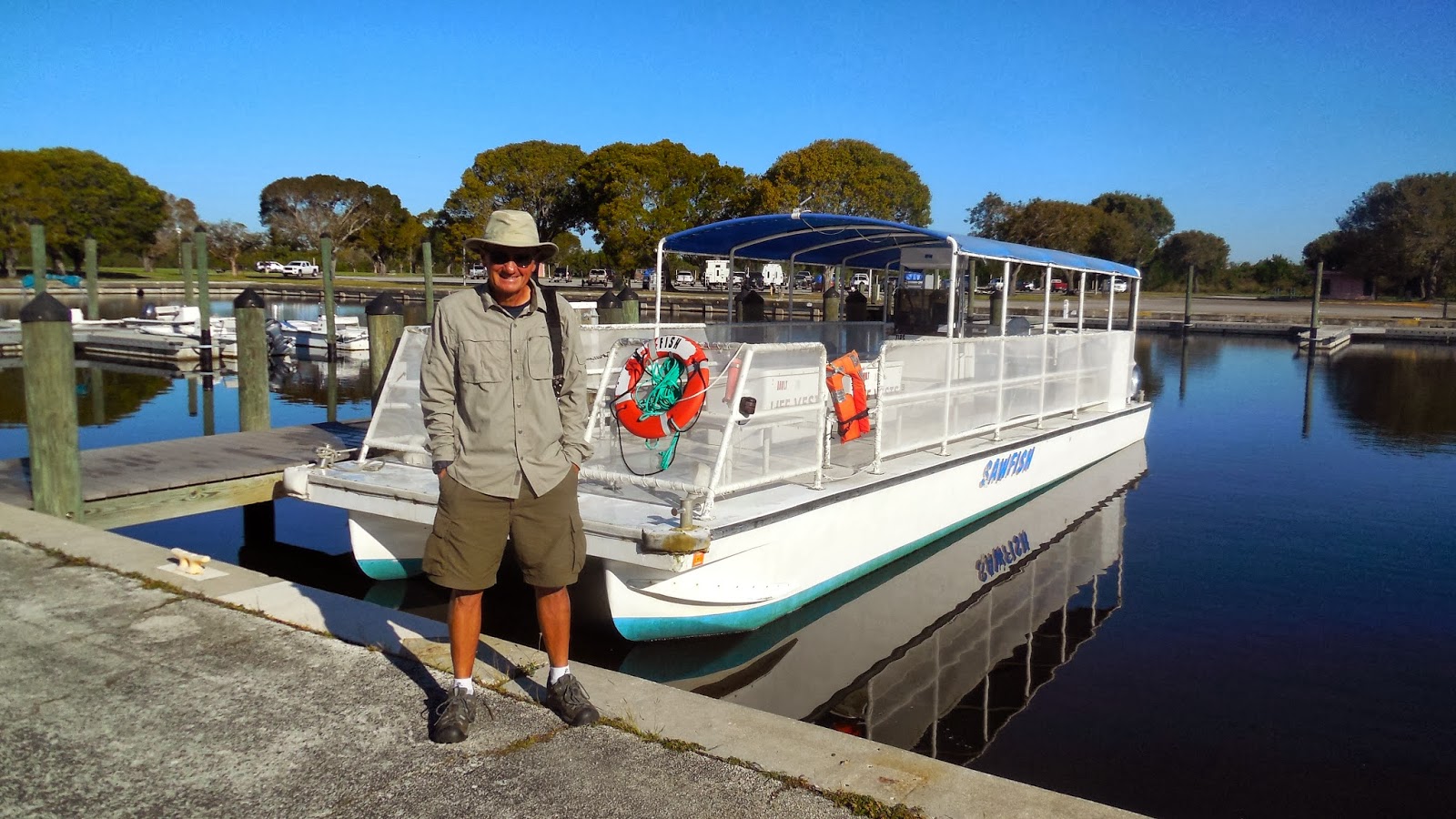Our final week in Key West was filled with more of the fun that we enjoyed while in the area: Pickleball games, cycling, outings with new and old friends and playing with Bear. We enjoyed our stay in Key West, but were glad to continue our travels in the eastern half of the country.
We left Key West early on a very wet Friday morning. Our route took us along Highway 1 through the Keys, back to the mainland. It is still hard for me to believe that we were closer to Cuba (90 miles away), than the US mainland, while we were in Key West.
Farewell Key West
Water on both sides of the bridges
Nine Mile Bridge
Everglades National Park was our next stop. We enjoyed three nights in the park. This was the first time that we were able to stay in a National Park because the Tour was 42.5 feet long and difficult if not impossible for National Parks to accommodate. The Unity is easy to park as it is only 24 feet long, perfect for park camping.
This park was created in 1947 in an effort to save the Glades. Plant, bird and animal life are abundant and thanks to strict efforts, many endangered species have returned to a larger population.
Our first stop was at the Royal Palm Visitor Center. Roger and I walked two hikes: Anhinga (named for a bird) and Gumbo Limbo (named for the tree Gumbo Limbo) Trails.
The Anhinga can dive 30 feet for fish.
Spatterdock (lower right corner) in the lilies.
Alligator Territory
Great Blue Heron
Bromeliad Air Plants that live in the trees. They are not parasites, but use the trees to anchor.
Anhinga drying his wings.
Roger on the Gumbo Limbo trail.
The next morning we took an inland waterway boat trip. Captain Steve and guide Sheiston were extremely knowledgeable.
Osprey Nest with two chicks
The Everglades has the largest area of Mangroves in the country.
Sheiston is retrieving my hat that blew off in a gust of wind.
Baby crocodile (Everglades are the only place where Crocs and Gators can live together).
Gators need fresh water more than Crocs.
Examples of two types of Bromeliads
They get their nutrients through the air.
Baby Croc
Mangoes and hardwood trees on either side of the channel.
Mangroves have tap and walking roots.
Captain Steve lets me drive!
Two Ibis perch in the tree.
Following the boat trip we were treated to a view of a manatee at the dock. What a thrill to see this sea cow. She has barnacles on her back.
We took advantage of several lectures on crocs and manatees in the park. On Sunday morning, Roger and I took a ranger led canoe trip through the mangrove forests. The trip lasted two and a half hours and we learned a lot.
On Monday morning we drove out of the park for Naples, Florida. We will be in this area for a week. Thank you for checking in with us. We are thrilled to be on the road, discovering the magic of this great country.


























No comments:
Post a Comment